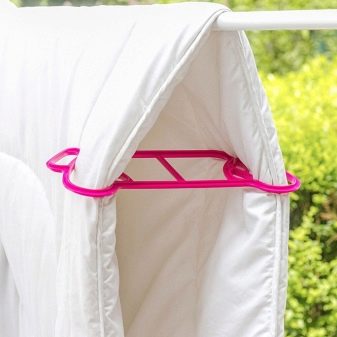Siliconized fiber blankets

The leading position among materials of synthetic origin is occupied by polyester fiber. It has unique properties and is widely used not only for sewing clothes, but also in other areas. The fiber is obtained from polyester through various technologies. It can be a bulky fiber twisted into balls. Due to the fact that the material is voluminous and airy, it is also used for sewing blankets.
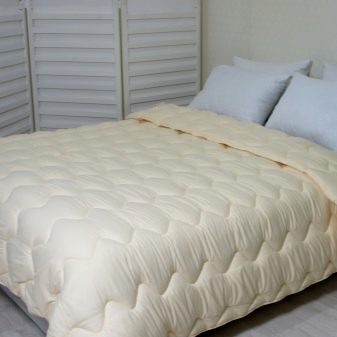

Advantages and disadvantages
One of the main advantages of the siliconized material is its ability to retain heat... Due to its airy structure, it keeps the temperature for a long time, and the blanket made of it can be used in any weather. No rustling or unpleasant sounds occur during operation. The material quickly takes on its original shape. Blankets made from such fiber do not cause allergies and do not accumulate dust, and also do not contribute to the growth of harmful microorganisms and the formation of mold. They are lightweight, odorless, do not absorb foreign aromas, and most importantly, they have an affordable cost and are easy to use.... From the disadvantages, it can be noted that people with heavy sweating are not recommended to sleep on products made of such fiber, as they do not allow moisture to pass through.
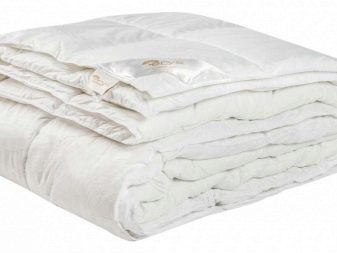

Such blankets quickly get lost in lumps, so they do not last long. But their cost is equal to the quality.
Filler types
Depending on the production method, siliconized fiber in blankets can be of different types.
- Synthepukh... It is considered an artificial filler and a type of siliconized fiber. It is an analogue of real fluff and its characteristics are as close as possible to it. Some performance characteristics are superior to natural material.Now it is used much more often than real fluff.
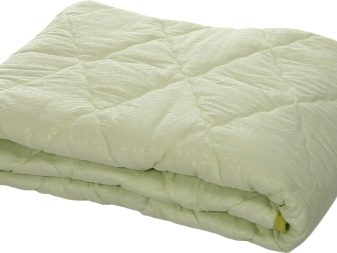
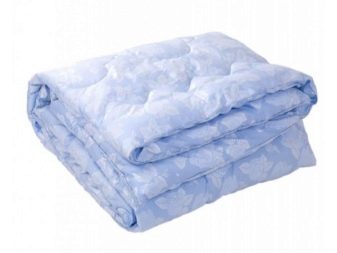
- Holofiber is a rather thin material, and its threads (in cross section) are much thinner than human hair. With all this, it is very light, does not allow moisture to pass through, and most importantly, it warms well. It is used both for filling blankets and for sewing clothes.
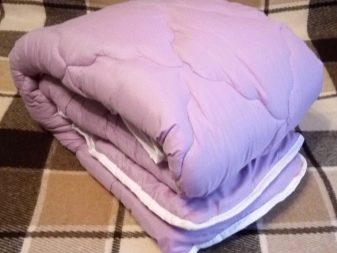
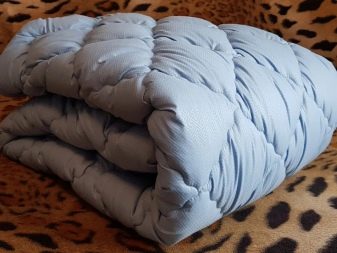
- The cheapest and most fragile raw material is sintepon... It consists of different types of artificial fillers and insulation, which differ not only in composition, but also in properties. There is not a single state document on it that would regulate its quality and performance.
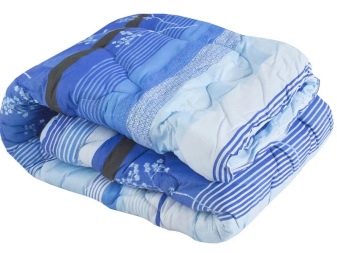
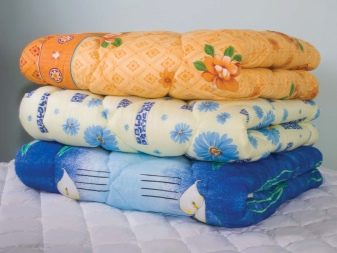
- Silicone coated fibers - this is a more modernized kind of padding polyester. They are thinner to the touch due to the silicone shell, and their service life is much longer than that of conventional silicone.
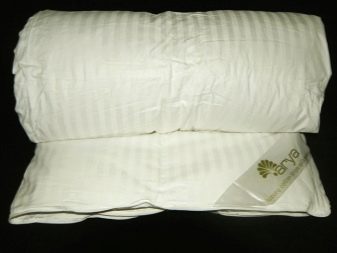
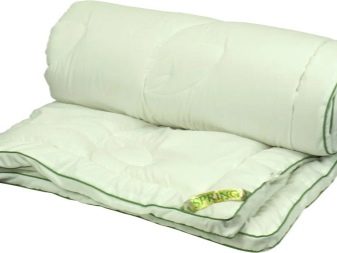
Blanket sizes and designs
Siliconized fiber blankets, like any of its analogues, can be single, double and one-and-a-half.
Standard blankets measuring 200x220 cm are considered doubles. Almost every manufacturer has such products.
The size "euro" is 195x215 cm. Owners of large beds prefer the "king" size of blankets with a width of 240 cm and a length of 220 cm.

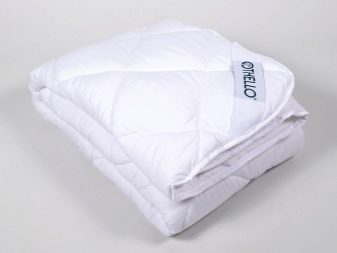
Ordinary one-and-a-half blankets are 140x205 cm in size, the Euro versions of such a product are 155 m long and 215 cm wide.
Blankets differ from each other not only in size, but also in design, mainly in the type of stitching... The most practical is the cassette blanket. It is assembled from individual 10x10 or 10x15 cm squares, which prevent the filler from clogging.
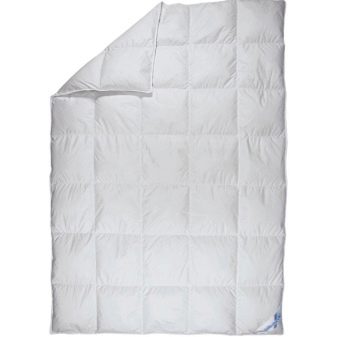
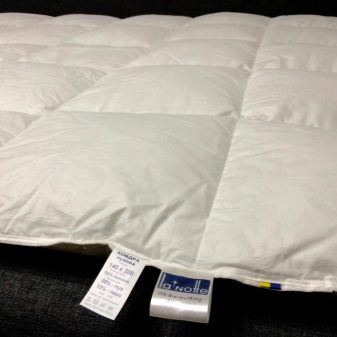
Quilted stitches are sewn in vertical rows (parallel, in one direction). Due to the uneven distribution of the filler, they can lose their shape.
The corset consists of patterned stitches through which the filler can spill out over time.
Care Tips
It is necessary to wash the blanket every 3-4 months, it is possible in an automatic machine on a delicate mode, and they do it without other products. For washing, you need to use mild detergents that can penetrate the middle of the fiber. Do not use conditioners, bleaches or other aggressive products. It is necessary to squeeze out only at low speeds.
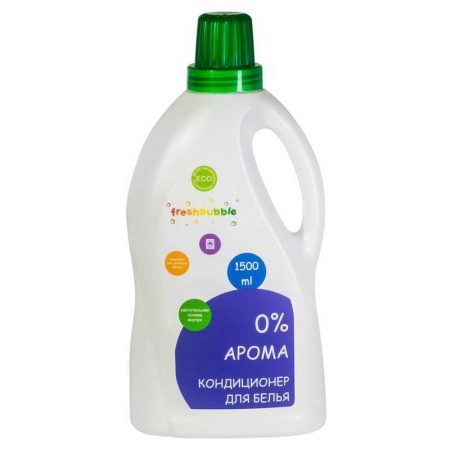
Can also be hand washed in warm water. Use a soapy solution as a detergent.
It is necessary to dry the blanket naturally in a horizontal position, before that it must be straightened.
After sleeping, the blanket should be a little ventilated. After that, you can shake it so that the filler is evenly distributed. Periodically, it must be taken out into the open air. It must be stored in a ventilated place in a bag made of natural fabric or in a regular sheet.
